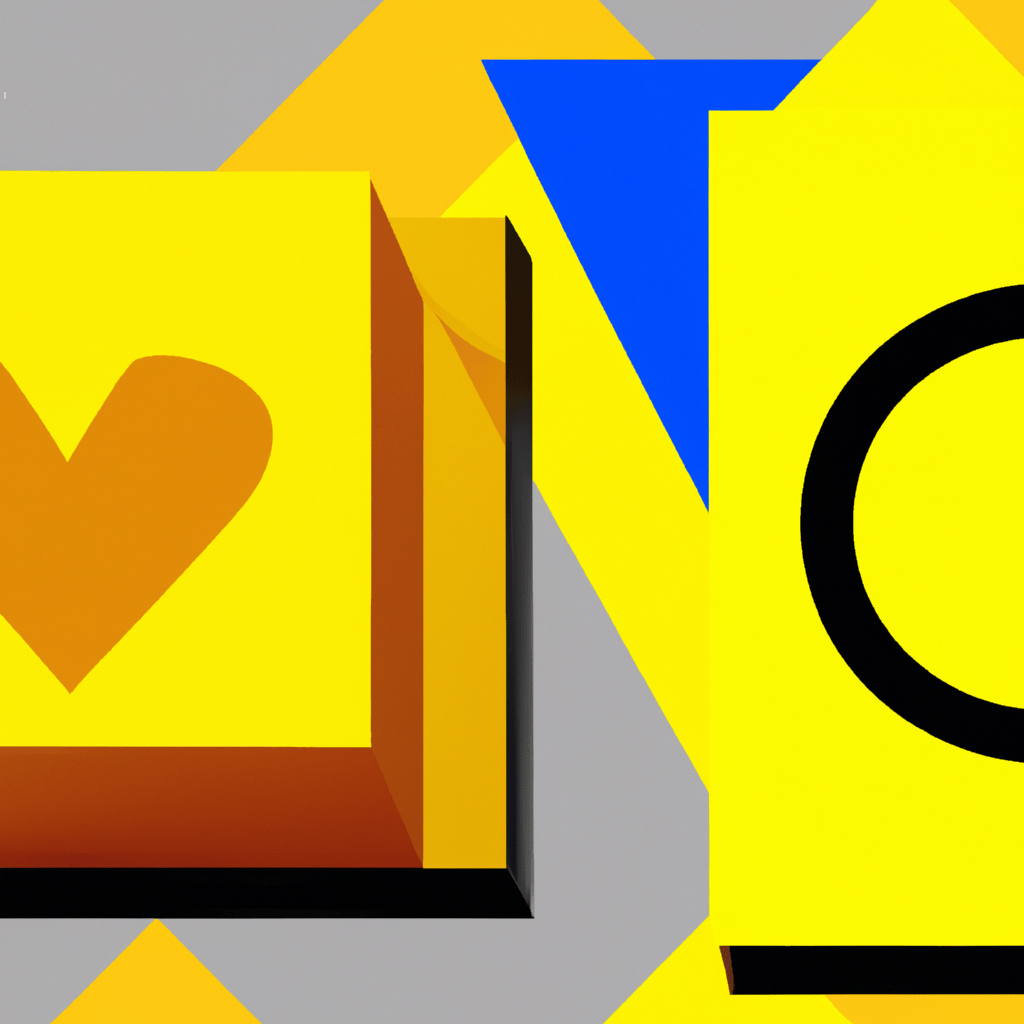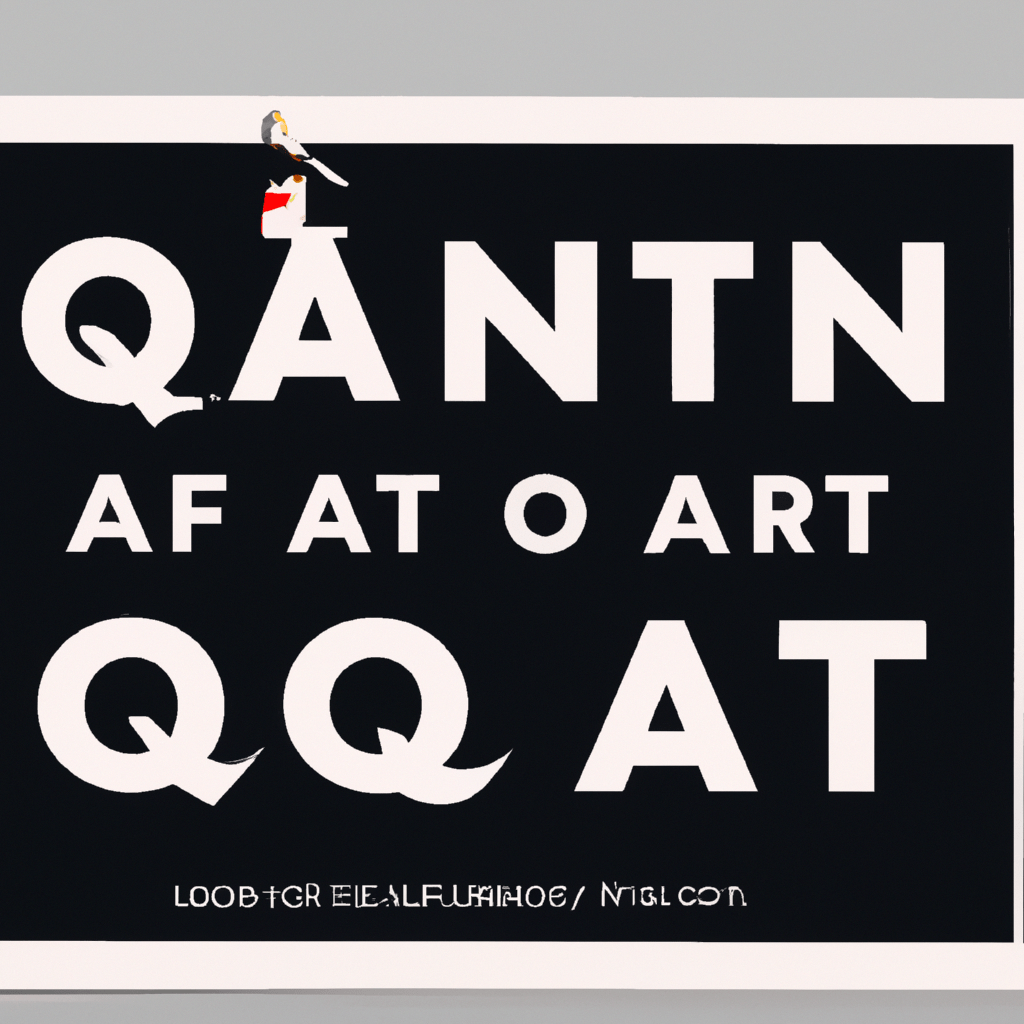
Exploring AI-Driven Branding and Logo Design

Artificial Intelligence (AI) has revolutionized various industries, and branding and logo design are no exception. With the ability to analyze vast amounts of data and generate creative solutions, AI-driven branding and logo design have become powerful tools for businesses to enhance their brand identity and connect with their target audience. In this article, we will delve into the world of AI-driven branding and logo design, exploring its benefits, challenges, and the future it holds.
The Rise of AI in Branding and Logo Design
In recent years, AI has gained significant traction in the field of branding and logo design. Traditionally, branding and logo design were primarily driven by human creativity and intuition. However, AI has introduced a new dimension to this process by leveraging machine learning algorithms and data analysis to generate innovative and impactful designs.
One of the key reasons behind the rise of AI in branding and logo design is its ability to process and analyze vast amounts of data. By analyzing consumer preferences, market trends, and competitor strategies, AI algorithms can identify patterns and generate designs that resonate with the target audience. This data-driven approach ensures that the branding and logo design align with the market demands, increasing the chances of success.
The Benefits of AI-Driven Branding and Logo Design
AI-driven branding and logo design offer several benefits that can significantly impact a business’s success. Let’s explore some of these advantages:
1. Enhanced Creativity and Innovation
AI algorithms can generate a wide range of design options based on the input provided. This allows designers to explore new creative possibilities and push the boundaries of traditional design. By leveraging AI, businesses can create unique and innovative branding and logo designs that stand out in a crowded marketplace.
2. Time and Cost Efficiency
AI-driven branding and logo design can significantly reduce the time and cost associated with the design process. With AI algorithms capable of generating multiple design options within seconds, designers can save hours of manual work. Additionally, businesses can avoid the expenses associated with hiring external design agencies by utilizing AI tools in-house.
3. Personalization and Targeted Design
AI algorithms can analyze consumer data and preferences to create personalized branding and logo designs. By understanding the target audience’s demographics, interests, and behavior, AI can generate designs that resonate with them on a deeper level. This personalized approach enhances brand engagement and loyalty.
4. Consistency and Coherence
AI-driven branding and logo design ensure consistency and coherence across various brand touchpoints. By analyzing existing brand assets and guidelines, AI algorithms can generate designs that align with the brand’s visual identity. This consistency helps in building a strong brand image and recognition.
Challenges in AI-Driven Branding and Logo Design
While AI-driven branding and logo design offer numerous benefits, there are also challenges that need to be addressed. Let’s discuss some of the key challenges:
1. Lack of Human Touch
AI algorithms, although capable of generating designs, lack the human touch and emotional intelligence that human designers bring to the table. Design is not just about aesthetics; it is also about understanding the brand’s values, story, and emotions. AI-driven designs may sometimes lack the depth and emotional connection that human designers can provide.
2. Ethical Considerations
AI algorithms rely on vast amounts of data to generate designs. However, the ethical implications of using this data need to be carefully considered. Privacy concerns, data security, and the potential for biased designs are some of the ethical challenges that need to be addressed when using AI in branding and logo design.
3. Overreliance on Data
While data analysis is a powerful tool, overreliance on data can lead to generic and uninspiring designs. Design is an art form that requires a balance between data-driven insights and creative intuition. AI algorithms should be used as tools to enhance the design process rather than replace human creativity entirely.
Case Studies: AI in Branding and Logo Design
Several companies have successfully utilized AI-driven branding and logo design to enhance their brand identity. Let’s take a look at a few notable case studies:
1. Airbnb
In 2014, Airbnb underwent a rebranding process and utilized AI to generate its new logo. The company used an algorithm that analyzed thousands of Airbnb property images to identify common visual elements. This data-driven approach resulted in a logo that represents the diversity and uniqueness of Airbnb’s accommodations.
2. Coca-Cola
Coca-Cola partnered with an AI-driven design platform to create personalized packaging for its “Share a Coke” campaign. The platform analyzed consumer data and generated millions of unique designs, incorporating individual names and personalized messages. This campaign resulted in a significant increase in consumer engagement and sales.
3. Mastercard
Mastercard collaborated with an AI design platform to create its iconic logo. The platform analyzed various design elements, including color, shape, and typography, to generate a logo that represents Mastercard’s brand values. This AI-driven logo design has become instantly recognizable worldwide.
The Future of AI-Driven Branding and Logo Design
The future of AI-driven branding and logo design is promising. As AI algorithms continue to evolve and improve, we can expect even more sophisticated and personalized designs. Here are some potential developments:
1. Real-Time Design Generation
AI algorithms may soon be capable of generating design options in real-time, allowing designers to see instant variations and make informed decisions. This would significantly speed up the design process and enable designers to iterate and experiment more efficiently.
2. Emotional Intelligence in AI
Advancements in AI may lead to algorithms that can understand and incorporate emotional intelligence into design. This would bridge the gap between human creativity and AI-driven design, resulting in more emotionally resonant and impactful branding and logo designs.
3. Ethical AI Design
As the ethical concerns surrounding AI continue to grow, the future of AI-driven branding and logo design will likely focus on developing algorithms that prioritize privacy, data security, and unbiased design generation. This would ensure that AI is used responsibly and ethically in the design process.
Summary
AI-driven branding and logo design have emerged as powerful tools for businesses to enhance their brand identity and connect with their target audience. The benefits of AI in branding and logo design include enhanced creativity, time and cost efficiency, personalization, and consistency. However, challenges such as the lack of human touch and ethical considerations need to be addressed. Through case studies, we have seen how companies like Airbnb, Coca-Cola, and Mastercard have successfully utilized AI in their branding and logo design.
